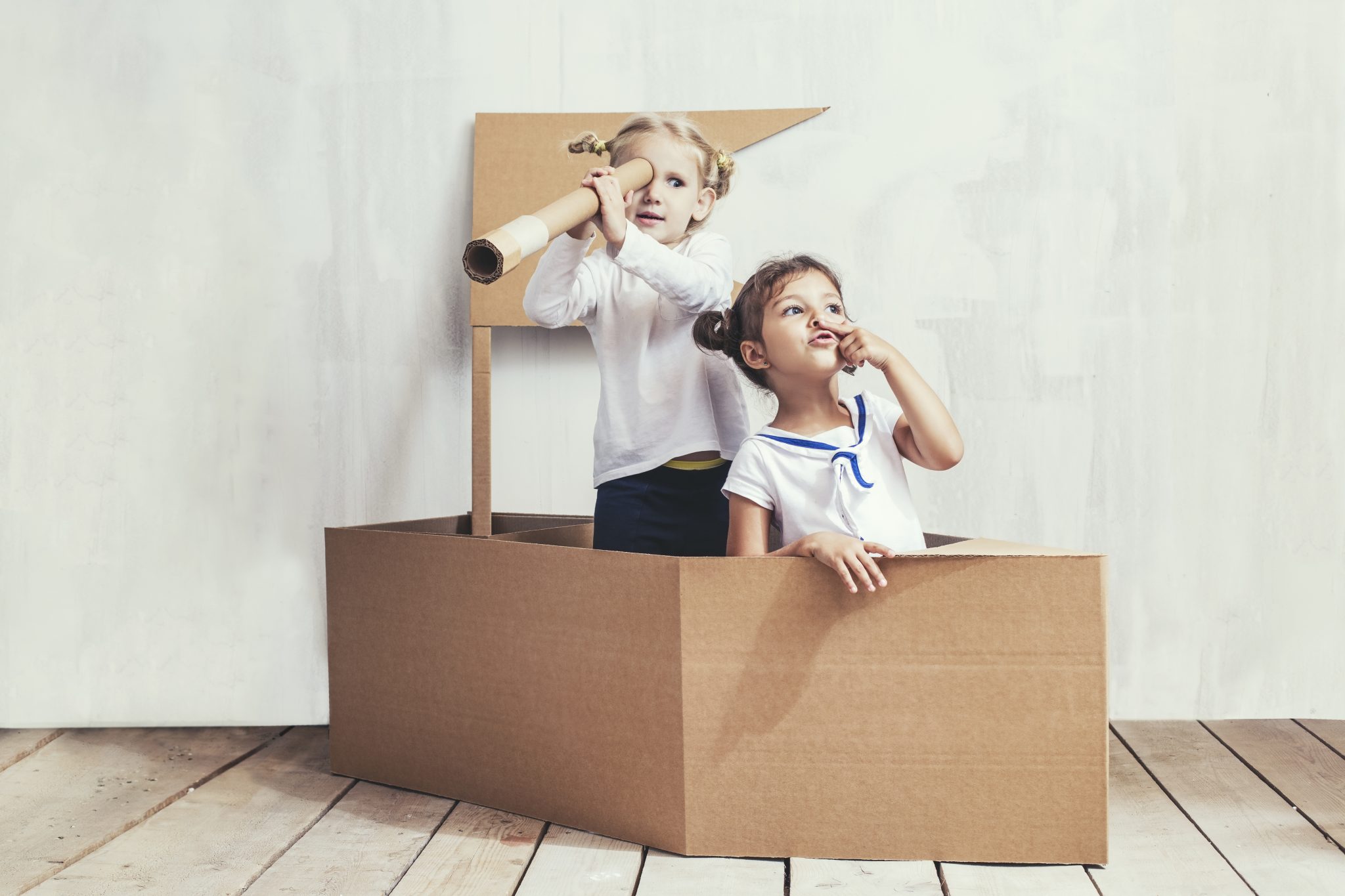Author: cheqdin
Published Date: March 18, 2019
From cardboard-crate-turned-pirate-ships, kitchen-roll-tube telescopes and muddy trenches in the fields to meticulously built lego police stations, constructive play can manifest itself in just about any form for the imaginative little minds.
Apart from all the fun it holds and the precious memories it goes on to build, constructive play also plays a crucial role in the cognitive and behavioural development of children. In recent times, the constructive play idea has become an essential tool for learning in early childhood education.
What Exactly is Constructive Play?
Constructive play is simply what happens when kids use toys or other non-toy materials to build or create something new. Typically, it includes activities associated with construction such as dissembling, moulding, assembling, sorting or stacking. It offers a hands-on learning avenue for children, making it easier for them to recall any information gathered during the course of learning.
The term, constructive play, was coined by Jean Piaget, an early childhood advocate who was interested in discovering the learning habits of kids. Jean claims that before children get to the constructive play stage, they have to pass through a prior stage known as functional play. In other words, before children begin to construct, they would have extensively explored their play materials to have an idea of how to effectively use them.
The Benefits of Constructive Play in Early Years
Teaches co-operation
Constructive play imbues kids with the importance of cooperating with other members in their team. For instance, a simple act like passing each other buckets bring the kids together and helps them feel like one community working towards the same goals. It also paves the way to build their social skills, a trait that would be valuable to them as adults.
Strengthens problem-solving skills
When kids engage in constructive play, they quickly learn about methods that can either give them results or that don’t work. They also learn to become flexible with their approach while solving a problem. Also, the problem-solving skills gained during constructive play can be applied to other areas of their lives that do not involve play.
Helps with creative thinking
One of the most significant advantages of constructive play is the platform it creates for children to be creative in their interactions. By figuring out different uses for a material, a child disengages from thinking in one direction and hones their lateral thinking abilities.
Enhances motor skills
Constructive play requires children to move every part of their body as they build. The crawling, stretching, grabbing, and walking they do help them to exercise their developing muscles actively. It also fine-tunes their motor skills leading to healthy body development.
Builds self-esteem
During constructive play, kids are totally in the driver’s seat. They have the freedom to come up with a goal, choose the materials required to achieve the goal and figure out the best way to implement it. This sense of total control over the environment gives children a positive feeling about themselves and helps to build their self-esteem.
Ideal Tools for Constructive Play
Here are some options for materials to use for constructive play:
Building blocks
Sand and sand toys such as buckets, shovels, or pails
Miniature animals, houses, vehicles, trees, and people
Wagons and tools for moving dirt, sand
Milk crates, cubes, or cardboard boxes
A flower or vegetable garden and mini-gardening equipment
Water and water toys
Play dough or clay
Car tyres
Mosaic tiles
Leaves, sticks, barks, stones
Paints, crayons, easels, brushes, stencils and various other art materials.
Introducing Children to Constructive Play
Constructive play requires toys or materials that can bring out the inner artist in children. From children's favourites such as building blocks and play dough to cardboard, sticks and sand, give them materials that are versatile enough to be used in a variety of ways.
But remember not to dictate what the child should do during constructive play. You are part of the prop, so remain in the background and allow them to explore to their hearts’ content.
Just let them focus on their goal, be inquisitive, solve problems, understand their environment, and in the process build a valuable repertoire of cognitive skills that will help shape them into well-rounded individuals in the future.
Related Links:


